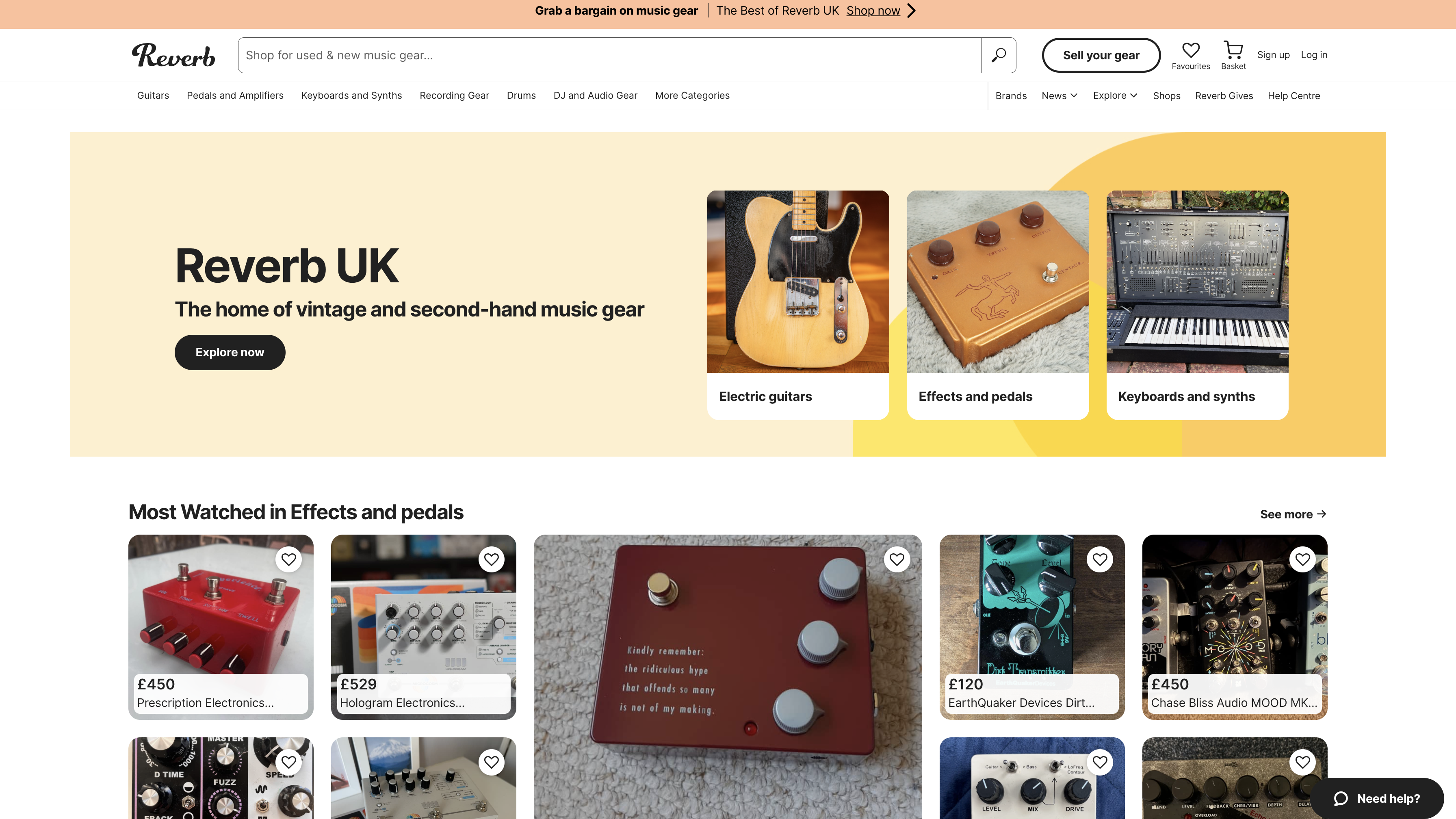The minor pentatonic is the essential scale for guitar solos: we'll show you how to get to grips with it today
If you learn one scale on the guitar then it should be this

You probably already use the minor pentatonic scale. After all, it’s almost certainly the single most used scale in rock and blues lead, and players like Angus Young, Eric Clapton and Jack White all frame most of their solos around it.
Learn some of the basics of the scale and you can unlock these players’ approaches to phrasing and you’ll have a better understand of their note choice.
It’s generally played as a ‘two notes per string’ shape - a useful structure that helps you figure out a suitable two-finger fretting pattern, as well as making down-up style alternate picking easier to use.
Let’s pick the essential scale apart…
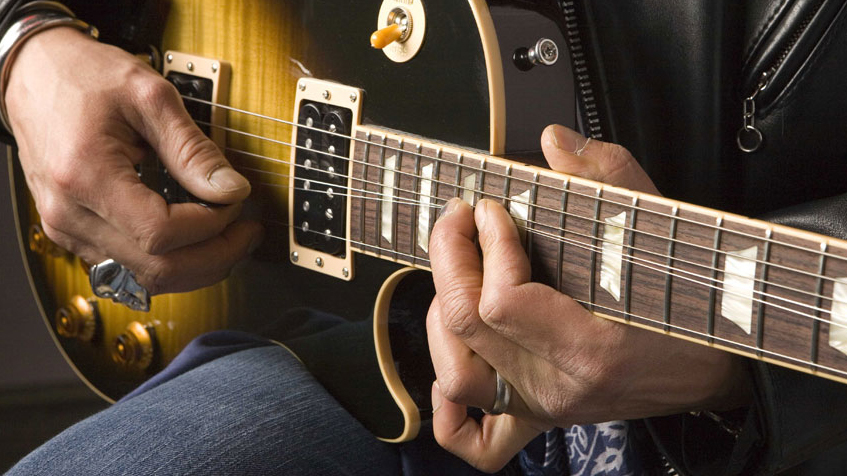
What you will learn
- One shape of the minor pentatonic scale
- How to ‘imply’ sounds of other scales
- Phrasing ideas for lead guitar
1. Learning the notes

These are the notes of the A minor pentatonic scale. As with any scale, it pays to learn it in as many fretboard positions as possible.
Obviously, if you transpose a scale to a new key, you get a new series of notes, so it’s useful to memorise the gaps between each note (aka ‘intervals’). In the minor pentatonic scale every interval is either a two-fret (a major 2nd) or three-fret (a minor 3rd) gap.
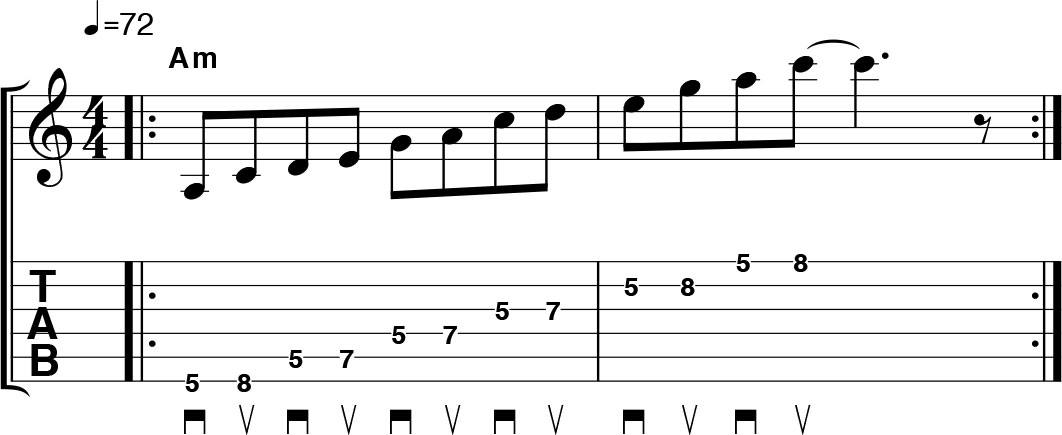
This is the best known minor pentatonic scale shape, shown here in A. Play the shape one fret higher for B b minor pentatonic; another fret higher for B minor pentatonic, and so on.
Get the MusicRadar Newsletter
Want all the hottest music and gear news, reviews, deals, features and more, direct to your inbox? Sign up here.
2. Playing outside and inside the scale
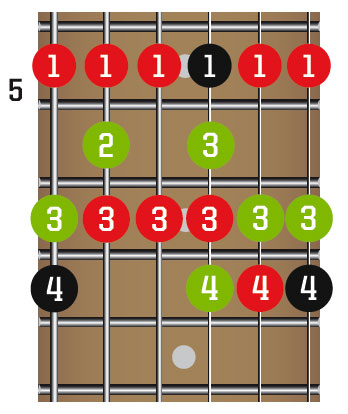
You don’t have to stick rigidly to the minor pentatonic scale - there are loads of other notes on the guitar, so go ahead and use them all!
Still, we do recommend using the minor pentatonic scale as a framework. Keep the basic shape in mind and try briefly targeting the notes highlighted in green here. You’ll be hinting at the blues scale, the Dorian mode and the major pentatonic scale, all without straying far from the comfort of the minor pentatonic shape.
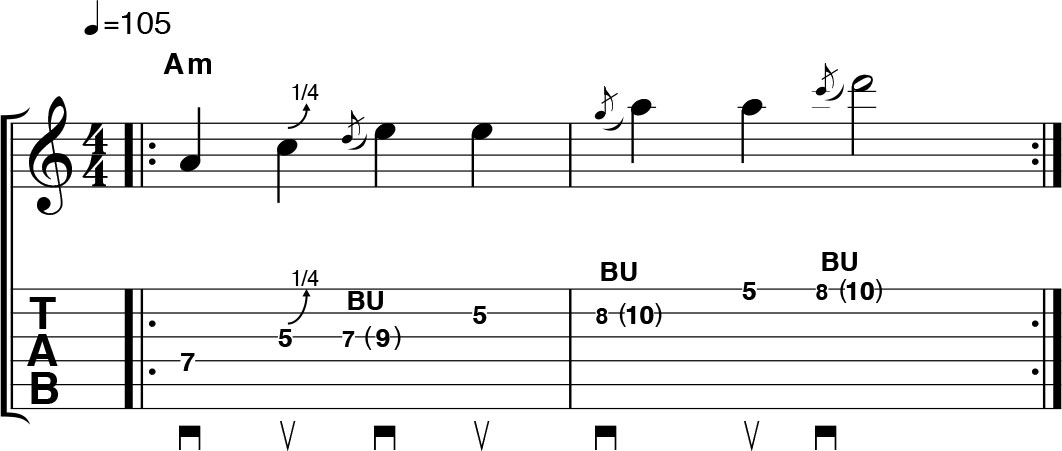
If you prefer to stay ‘inside’ the scale, this lick shows you some typical string bend phrasing ideas. The quarter-tone bend on the 5th fret is a typical blues trick.
3. One lick - different chords

Part of the reason guitarists love to use the minor pentatonic scale is its versatility - often you can use the scale throughout a whole song, provided the key doesn’t change.
We’ve played this line three times, first over an Am chord, then over C, and finally over an Am-C progression. The scale sounds great throughout.
Learn more: 5 foolproof ways to start a guitar solo
Chris has been the Editor of Total Guitar magazine since 2020. Prior to that, he was at the helm of Total Guitar's world-class tab and tuition section for 12 years. He's a former guitar teacher with 35 years playing experience and he holds a degree in Philosophy & Popular Music. Chris has interviewed Brian May three times, Jimmy Page once, and Mark Knopfler zero times – something he desperately hopes to rectify as soon as possible.



